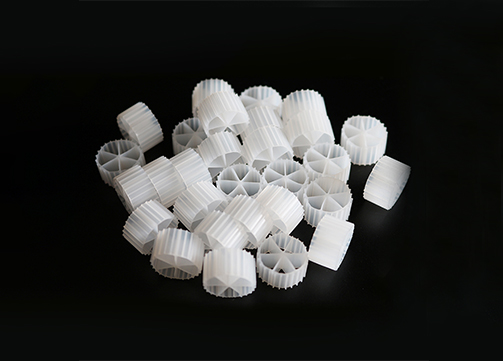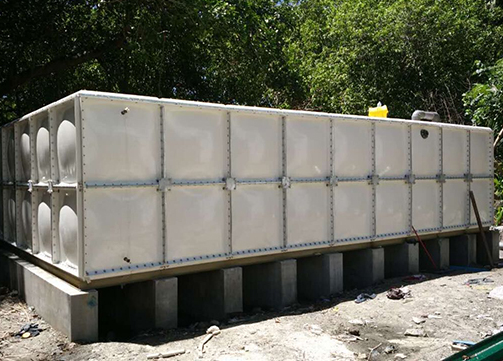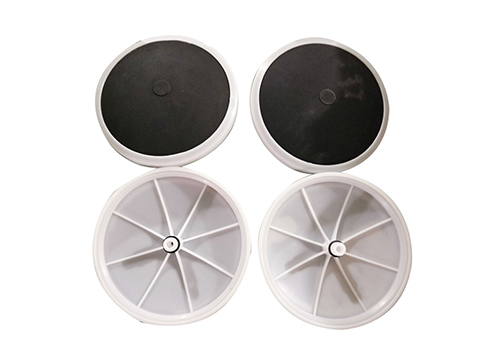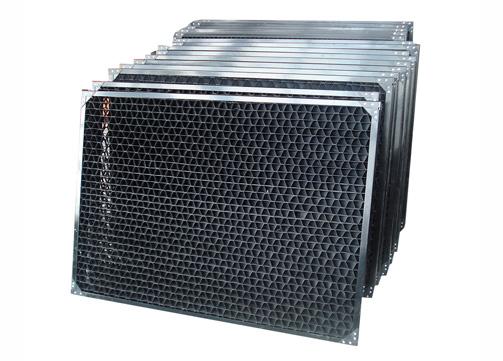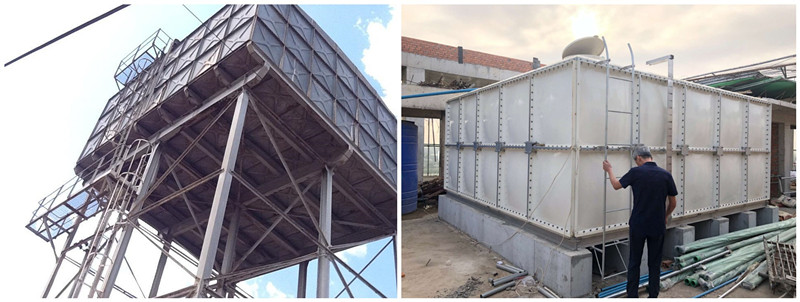
Preparation Before Cleaning
Draining the Water Tank
Begin by closing the main water inlet valve and isolating the communication valve between interconnected tanks. Open the drain valve to release the water. For faster drainage, consider using an external water pump. Once the tank is empty, leave the drain valve open to facilitate further procedures.
Air Circulation and Ventilation
Using a blower, introduce fresh air into the tank for at least two hours. Proper ventilation removes any toxic gases that may have accumulated. Conduct air quality tests to ensure the tank interior is safe for personnel to enter.
Pre-Cleaning Briefing
The cleaning supervisor should brief the maintenance and cleaning teams on the cleaning process, emphasizing safety measures, technical protocols, and precautions.
Electrical and Lighting Setup
Install FS-RVV cables with leakage protection switches for the cleaning equipment. Ensure the use of a low-voltage (below 36V) lamp for interior lighting to enhance safety during the cleaning process.
Inspection and Cleaning
Equipment Inspection
The supervisor should inspect the tank’s pipes, floats, and water level controllers for any defects or signs of wear. Addressing these issues before cleaning can prevent operational disruptions.
Cleaning the Tank's Exterior
Begin by thoroughly cleaning the external environment of the water tank. This step prevents external contaminants from entering the tank during cleaning.
Interior Cleaning Process
For internal cleaning, use six-wall brushing mechanical equipment to scrub the tank walls. Each section should be cleaned three times using firm, horizontal strokes. Follow up by rinsing with a high-pressure water jet to remove residues.
Specialized Cleaning Techniques
Oil or Grease Stains: Use a neutral detergent, ammonia solution, or a standard cleaning agent to clean grease-contaminated areas.
Acidic or Bleach Residues: Rinse the affected surface with clean water, then treat with ammonia solution or neutral carbonic acid solution.
Rainbow Stains: Remove excess detergent or oil residues with warm water and mild detergent.
Rust: Apply a 10% nitric acid solution or abrasive cleaner to remove rust effectively.
Dust or Surface Dirt: Use soap, a weak detergent, or warm water for cleaning.
Trademarks or Films: Scrub gently with alcohol or an organic solvent after softening with warm water and detergent.
Disinfection and Final Rinse
Sewage Removal and Disinfection
Drain the tank thoroughly after cleaning. Disinfect the interior by spraying bleaching powder fine tablets. Seal the tank and allow the disinfectant to stand for 30 minutes.
High-Pressure Rinsing
Rinse the tank interior again with a high-pressure water gun to remove any remaining disinfectant. Use a vacuum cleaner to ensure all water is removed from the pool.
Ancillary Checks
While cleaning, another team member should inspect the fastening valves and clean any filters to ensure optimal functionality.
Post-Cleaning Procedures
Water Quality Testing
Refill the tank with water and collect samples for testing. Engage a qualified laboratory to assess the secondary water supply quality, ensuring compliance with national hygiene standards.
Record Updates and Certification
Lock and secure the water tank after cleaning. Update maintenance records and attach the water quality test certificate to confirm the tank’s readiness for use.
Importance of Routine Maintenance
Regular cleaning and maintenance of water tanks not only ensure safe water quality but also extend the tank’s service life. Whether for residential or industrial use, adhering to these steps keeps the water supply clean and dependable. For further assistance or inquiries about water tank materials and services, contact us. As a trusted supplier of GRP, stainless steel, and other water tanks, we provide quality solutions tailored to your needs.





